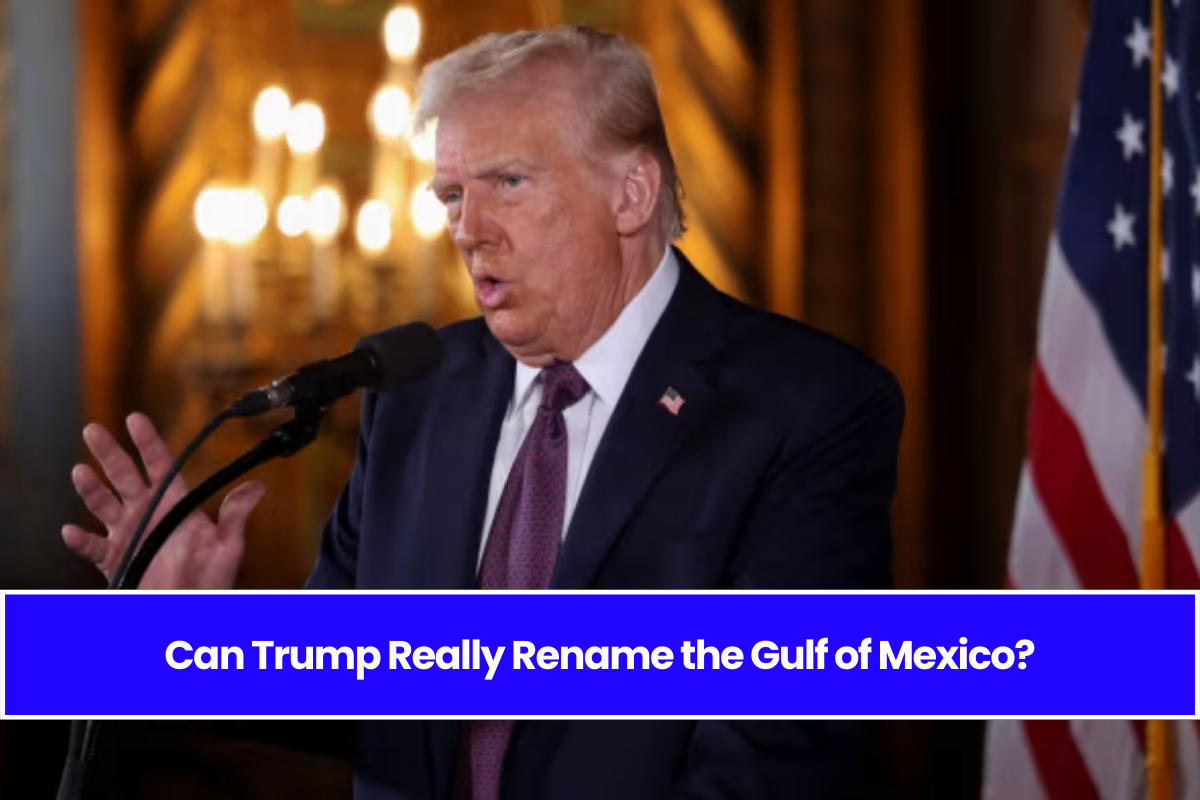On Tuesday, President-elect Donald Trump stated his intention to rename the Gulf of Mexico as the “Gulf of America,” citing its “beautiful ring to it.”
His latest suggestion is to redraw the Western Hemisphere map. Trump has repeatedly referred to Canada as the “51st State,” demanded that Denmark consider ceding Greenland, and urged Panama to return the Panama Canal.
Why is Trump talking about renaming the Gulf of Mexico?
Since his first presidential campaign in 2016, Trump has repeatedly clashed with Mexico over a variety of issues, including border security and the imposition of tariffs on imported goods. He promised to build a wall along the US-Mexico border and make Mexico pay for it. During his first term, the United States built or renovated approximately 450 miles of border wall.
The Gulf of Mexico is commonly referred to as the “Third Coast” of the United States due to its coastline spanning five southeastern states. Mexicans refer to the gulf as “El Golfo de México.”
Americans and Mexicans disagree on what to call another important body of water: the river that forms the border between Texas and the Mexican states of Chihuahua, Coahuila, Nuevo Leon, and Tamaulipas. Americans call it the Rio Grande, while Mexicans call it the Rio Bravo.
Can Trump change the name of the Gulf of Mexico?
Maybe, but it’s not a unilateral decision, and other countries don’t have to follow suit.
The International Hydrographic Organization, which includes the United States and Mexico, works to ensure that all of the world’s seas, oceans, and navigable waters are uniformly surveyed and charted, as well as naming some of them. In some cases, countries use different names for the same body of water or landmark in their official documentation.
It may be easier when a landmark or body of water is within a country’s borders. In 2015, then-President Barack Obama signed an order directing the Department of Interior to rename Mount McKinley—North America’s highest peak—to Denali, a decision Trump has also stated he wishes to reverse.
Following Trump’s comments on Tuesday, Rep. Marjorie Taylor Greene of Georgia said in an interview with podcaster Benny Johnson that she would direct her staff to draft legislation to change the name of the Gulf of Mexico, which she said would cover funding for new maps and administrative policy materials across the federal government.
How did the Gulf of Mexico get its name?
The body of water has been depicted with that name for more than four centuries, an original determination believed to have been taken from a Native American city of “Mexico.”
Has renaming the Gulf of Mexico come up before?
Yes. In 2012, a Mississippi legislator proposed a bill to rename portions of the Gulf of Mexico that touch the state’s beaches “Gulf of America,” which the bill’s author later described as a “joke.” That bill was referred to a committee but did not pass.
Two years ago, comedian Stephen Colbert joked on his show that, following the massive Deepwater Horizon oil spill in the Gulf of Mexico, it should be renamed “Gulf of America” because “we broke it, we bought it.”
Are there other international disputes over the names of places?
Japan, North Korea, South Korea, and Russia have long disagreed on the name of the Sea of Japan, with South Korea claiming that the current name was not widely used until Korea was under Japanese rule. At an International Hydrographic Organization meeting in 2020, member states agreed to replace names with numerical identifiers and create a new digital standard for modern geographic information systems.
The Persian Gulf has been known as such since the 16th century, though “Gulf” and “Arabian Gulf” are more commonly used in many Middle Eastern countries. In 2012, the Iranian government threatened to sue Google for failing to label a body of water on its maps.
Other people have spoken about bodies of water, including Trump’s 2016 opponent. According to materials leaked by Wikileaks in a hack of her campaign chairman’s personal account, former Secretary of State Hillary Clinton told an audience in 2013 that, if China had claimed nearly the entire South China Sea, the United States could have dubbed the Pacific Ocean the “American Sea” after World War II.











Leave a Reply